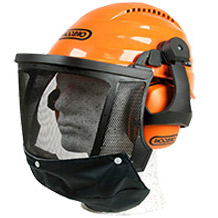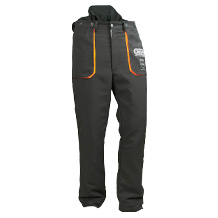Welding helmet purchasing advice: how to choose the right product
- What You Need to Know
- Automatic welding helmets automatically darken the viewing window as soon as their sensors detect the glow of the arc.
- They protect against sparks, UV and IR rays and flashing. Some models even have integrated respiratory protection.
- Most important is the viewing window. It must ensure both clear vision and good protection.
- A welding helmet must fit comfortably, as it may be worn for several hours at a time.
Welding with beams and sparks
Welding involves joining two usually metal objects or parts. As a rule, the arc of the welding device is held to the spot to be joined and actuated. The metal melts and the two parts are permanently joined. Of course, the process is not without danger. After all, enough heat is generated to melt metal within a few seconds. That is why you should always wear protective clothing when welding. The most important thing is to protect your face – especially your eyes. This is because the flames and sparks produced are so bright that you could suffer eye injuries if you look in without protection – known in the trade as blinding.
Why not welding goggles or a welding shield?
While there are different options to shield your eyes from the welding flame, a welding helmet provides the most comprehensive and effective protection. Other options include, for example, the welding shield and welding goggles. While both also protect your eyes, they are not optimal.
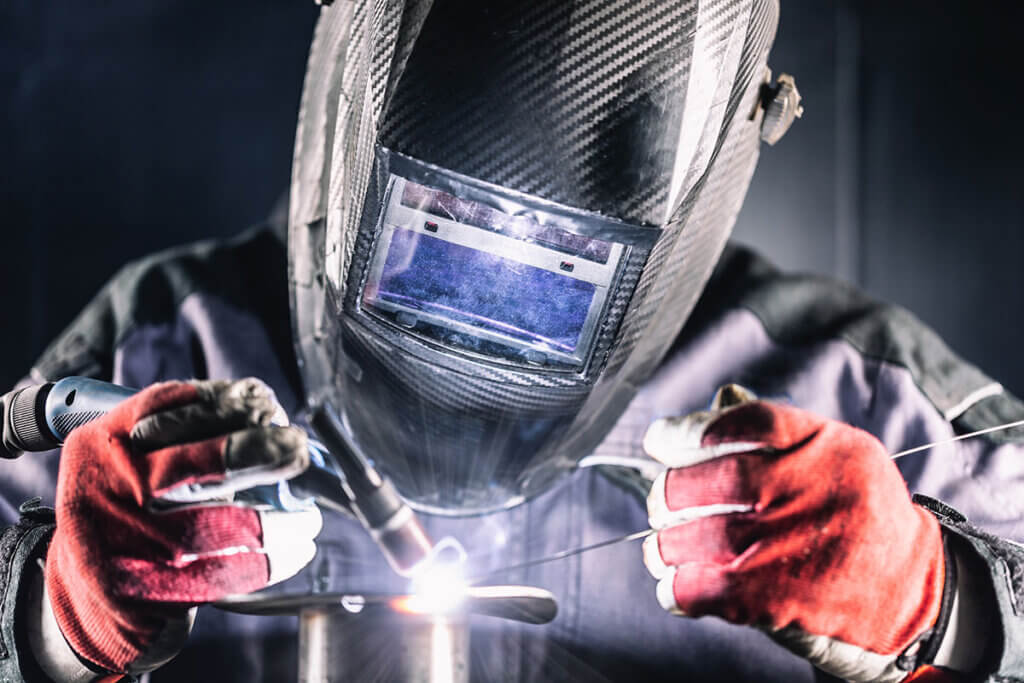
Welding goggles cannot keep out the sparks that could fly around in the air during welding and injure your skin. Nor does it offer much protection from the gases that are released in the process. Although a protective shield is safer than safety goggles, in practice it often proves cumbersome as it has to be held up to your face with one hand. With a protective shield, you can therefore only work one-handed. Moreover, it does not provide respiratory protection.
The advantages of welding helmets
A welding helmet provides the best protection. Since it is firmly attached, both arms can move freely. A protective filter shields your eyes from so-called flashing. You also do not have to be afraid of sparks with a welding helmet. In addition to a burn, the skin is also protected from the harmful UV and IR radiation (ultraviolet and infrared) that can occur during welding. Last but not least, such a helmet is often equipped with integrated respiratory protection so that you do not inhale harmful gases. The biggest disadvantage of a hard hat compared to goggles or a shield is the initial cost.
Pro points
- Ambidextrous working possible
- Protection of the eyes
- Protection from burns
- Protection of the respiratory tract
Drawbacks
- Expensive
Anatomy of a welding helmet
The majority of a welding helmet consists of the housing. It is usually made of robust plastic. On the one hand, it protects against sparks and impacts and, on the other hand, it is light enough not to become uncomfortable in the long run.
Inside the helmet is the headband, with which it is fastened to the head, and padding, so that the helmet remains comfortable even during long periods of use.
Most important, however, is the cassette. This is where the filters that protect your eyes are located. On automatic models, the electronics that control the darkening of the viewing window are also embedded there. Sensors are installed on the edges of the cash register that detect the light in milliseconds and send the command to darken.
The glass pane protects the cash register from welding spatter. It is usually colourless or yellow to ensure a clear view even when not welding.
Helmets where the privacy shield can be adjusted are also equipped with controls in the form of buttons or dials. These are usually located either inside the helmet above the viewing window or on the outside.
Automatic welding helmet: More practical and safer
Most welding helmets now function automatically. They have the advantage that, with the help of sensors, they can automatically adjust the brightness or darkening of the viewing window to the necessary level in a fraction of a second. This means they do not have to remain dark all the time and users can see normally when they are not welding. However, automatic welding helmets need to be powered.
Manual welding helmets have no electronic components. With such models, you must either remove the helmet after welding or, if possible, flip up the viewing window. Otherwise you will not be able to see anything during the time you are not welding. If the flap is up or even the helmet is off and someone else is welding around you, you will most likely not react quickly enough to protect your eyes.
Lithium or sun?
Automatic welding helmets are powered by batteries, solar panels or a combination of both.
Battery-powered welding helmet
Battery-powered models have a high reaction speed. They therefore darken very quickly as soon as the sensors detect the welding flame. However, if you use your helmet a lot, you should be prepared for follow-up costs, as the batteries have to be changed regularly. On the other hand, you can continue welding immediately after changing the batteries. Last but not least, battery helmets are not very susceptible to damage.
Pro points
- Fast reaction time
- Batteries can be changed quickly
- Not very susceptible to damage
Drawbacks
- Follow-up costs due to battery replacement
Solar-powered welding helmet
Solar-powered models are often a little more expensive. In return, you save on follow-up costs in the long term, as no batteries need to be replaced. Solar helmets are equipped with batteries. However, these do not need to be replaced as they are charged by solar energy. To use such models, however, you do not necessarily have to weld in the sun: the light from the arc is also absorbed by the light panels to charge the batteries. The welding helmet therefore charges automatically during welding. However, these welding helmets are more susceptible to damage than battery-powered models.
Pro points
- No follow-up costs
- Environmentally friendly and energy efficient
- Arc can be used as energy source
Drawbacks
- Damage-prone
Battery-solar hybrid
Although they are the most expensive, hybrids are the best choice. They combine the best of both worlds. They can be used for a long time because batteries and solar panels share the work. Batteries are mainly responsible for dimming, which is where they are fastest. For the rest of the operation, solar energy is usually used, which is drawn directly from the arc.
Pro points
- Long operating time
- Fast dimming
- Hardly any follow-up costs
- Efficient thanks to arc as energy source
Drawbacks
- Expensive
Viewing window: The be-all and end-all for eye protection
The welding protection filter is decisive for the quality and effectiveness of the viewing window. Automatic models are called ADF (Automatic Darkening Filter). Its task is to darken the viewing window in time to prevent flashing. An ADF consists of
- a UV and IR filter to protect against the invisible harmful radiation,
- a liquid crystal display (LCD) that gradually dims the light in protection levels,
- a photocell (sensor) that perceives the light of the arc, and
- the electronics that receives the signal from the sensor and dims the LC screen in milliseconds.
Furthermore, the visual characteristics of the viewing window must be taken into account. This must ensure sufficient eye protection and a clear field of vision. The properties of the viewing window are rated with the school marks 1 to 3. Accordingly, the best helmets are rated 1/1/1/1. The vision panel is rated according to the DIN EN 378 standard on the basis of four values in the following order:
Optical quality: The view of the workpiece remains unrestricted and the light rays are not clouded.
Light scattering: The light rays are not refracted and the light does not scatter. The view remains unobstructed.
Homogeneity: The quality of light transmission remains homogeneous over the entire viewing window.
Angularity: The viewing area of the vision panel is as large and uniform as possible. This is where most manufacturers fail.
Other purchase criteria
The most important purchase criteria relate to the properties of the protective filters and the technology built into the cassette. However, aspects such as wearing comfort and weight also play an important role for welding helmets, which are often worn for long periods of time.
Protection level of the filter
The strength of the filters is assessed on the basis of the DIN standard. They can have a strength between DIN 8 and 14. Even DIN 15 and 16 levels are available, but very rarely. Models with DIN 9 to 13 darkening levels are common. Automatic welding helmets set the filter to the appropriate level by themselves. With manual helmets, the user must buy several separate filters and use the appropriate level for each use.
The darkening levels you need for welding depend on the welding process and the ampere rating. It is important to do your research on this in advance to buy a helmet that meets your needs. For manual helmets, you can buy certain filters later if necessary. The following table shows which DIN levels are suitable for which welding methods and ampere values:
| Suitable obscuration level | Manual arc welding (E) | Metal active gas welding (MAG) | Tungsten inert gas welding (TIG) | Plasma welding (WP) |
| DIN 8 | Up to 80 A | Up to 80 A | Up to 40 A | Up to 100 A |
| DIN 9 | Up to 120 A | Up to 120 A | Up to 100 A | Up to 120 A |
| DIN 10 | Up to 140 A | Up to 180 A | Up to 150 A | Up to 160 A |
| DIN 11 | Up to 180 A | Up to 300 A | Up to 250 A | Up to 220 A |
| DIN 12 | Up to 260 A | Up to 450 A | Up to 400 A | Up to 320 A |
| DIN 13 | Up to 350 A | Up to 700 A | – | – |
| DIN 14 | Over 350 A | Over 700 A | – | – |
Reaction time
Meanwhile, almost every automatic welding helmet succeeds in darkening the viewing window in milliseconds. The faster this happens, the lower the probability of flashing. Most models need only 0.03 to 0.10 milliseconds for automatic dimming. The number of sensors that detect the light and send the dimming signal is decisive for the reaction speed. The more sensors there are, the faster the AD filter dims. Two to four sensors are usually present. A higher number of sensors also benefits safety. If one of them is defective, the AD filter can still switch to the appropriate level in time.
When you have finished welding or take a short break, the viewing window must brighten up again so that you can see your surroundings. Impaired vision in a workshop can lead to serious accidents. The brightening time of welding helmets is much slower than the darkening time. The devices need about 0.1 to 1.0 seconds for this. The reason for the relatively slow brightening time is to protect the eyes from the afterglow of the workpiece, if necessary.
Integrated respiratory protection
An integrated respiratory protection or extraction system provides more safety. This protects your lungs from dangerous gases that can be released during certain welding processes. If you do not have an integrated respirator, you will need a respirator. The filter of the extractor should be replaceable so that the respiratory protection does not lose its effectiveness.
Field of vision size
The field of view size is not important to every welder. For some it is enough to be able to see the welding spot. Especially if you are not welding, but wear the helmet for other work, a large field of vision is an advantage. Welding helmets usually have a field of vision between 43 x 93 and 98 x 100 millimetres.
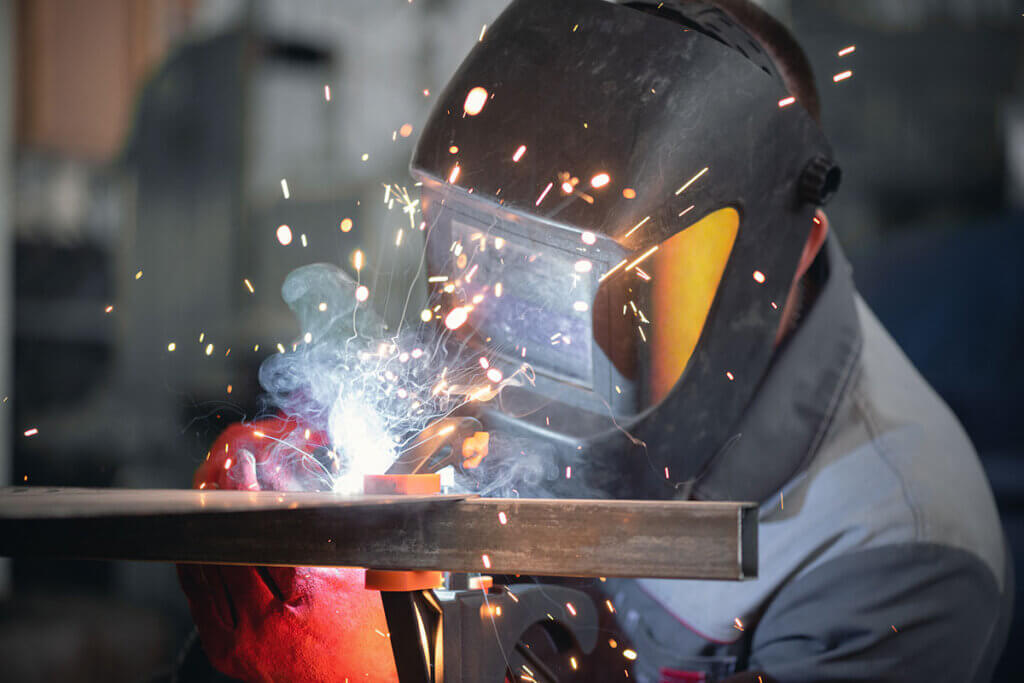
Weight
One of the main advantages of the welding helmet over the welding shield is that it does not have to be removed. Accordingly, it is often worn for long periods of time. A helmet that is too heavy is not ideal in this respect. A weight between 400 and 1,000 grams is common. If you wear the helmet for several hours, you should opt for a model in the lower weight range.
Comfort
Protective equipment must also ensure a certain level of comfort. The most important thing is that the helmet fits snugly and does not wobble or even shift when you move your head. It should also not pinch. If you wear glasses, it is recommended that you try on the helmet before buying it to see if it wears well with glasses.
Design
Welding helmets often come in bright colours and fancy designs. Sometimes they are very similar on the outside to motorbike helmets, like those worn by bikers. Flames and skulls can be seen on them. However, such external features can lead to a higher price.
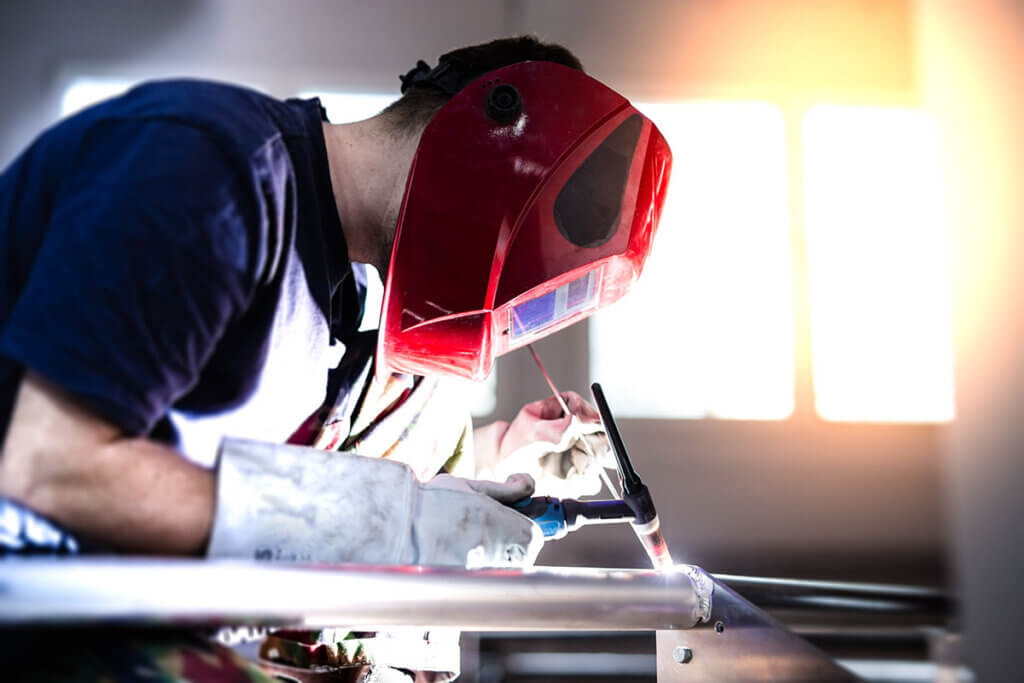
Hints for use
Your head will sweat quickly in a welding helmet. Sweaty pads or headbands are uncomfortable. Therefore, it is recommended to wear a headscarf or a welding cap or hat under the helmet. Especially users with long hair can benefit from this. If the sweat does not come into contact with the inside of the helmet, the latter does not have to be cleaned as often.
A welding helmet alone cannot guarantee complete protection. When welding, you should wear other protective clothing besides the helmet. Welding gloves, a welding apron as well as ear protection offer you additional protection. If you are working in the workshop, safety shoes are also indispensable.
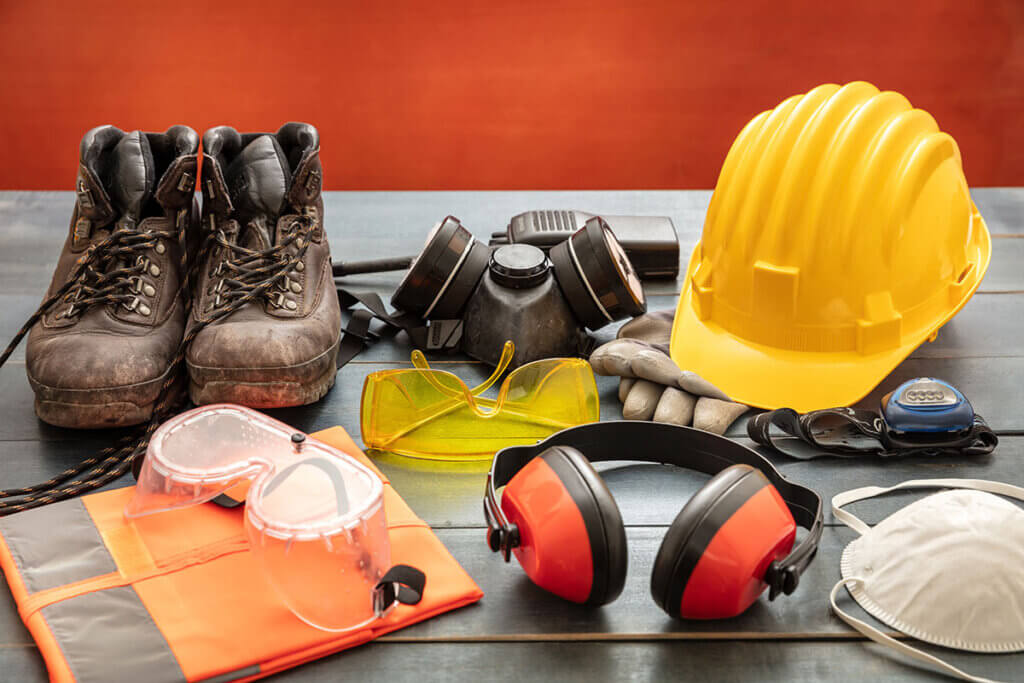
However, the viewing window and the glass lens should remain clean, otherwise you will not be able to see clearly. Even the sensors cannot do their job if they are blocked by dirt. You should clean these surfaces regularly with a cloth or microfibre cloth.

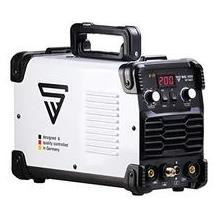
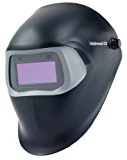

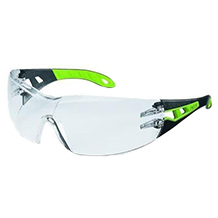
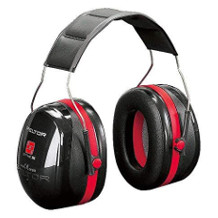











 59 reviews
59 reviews



